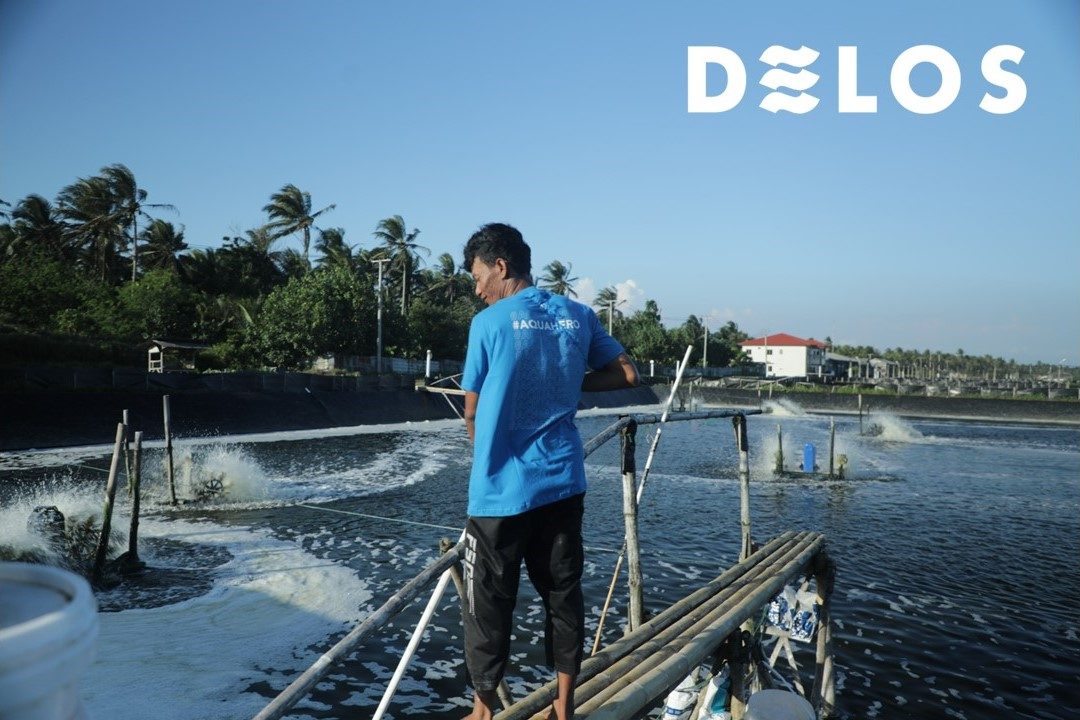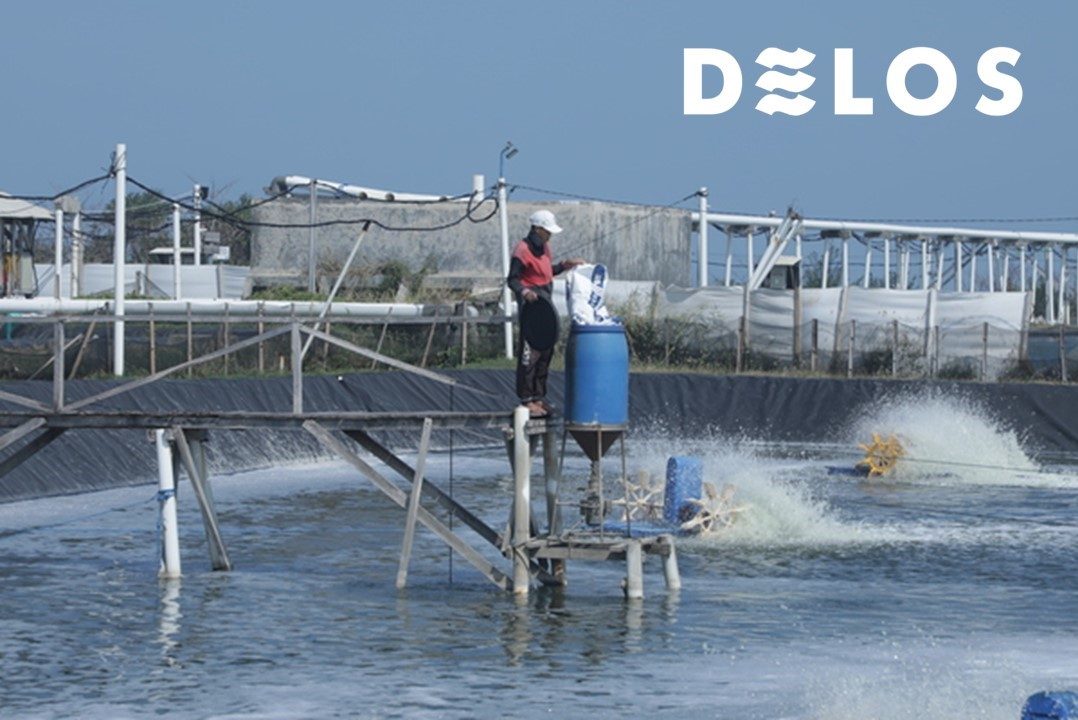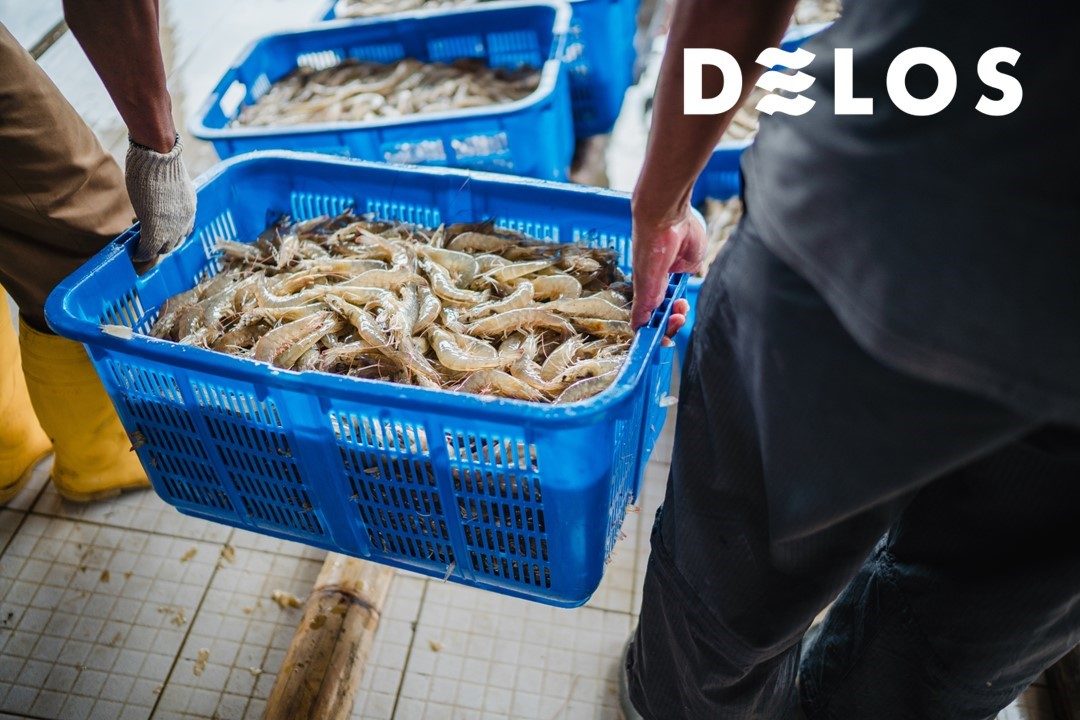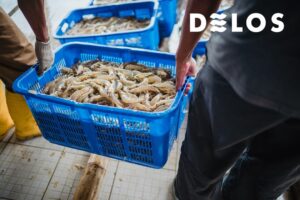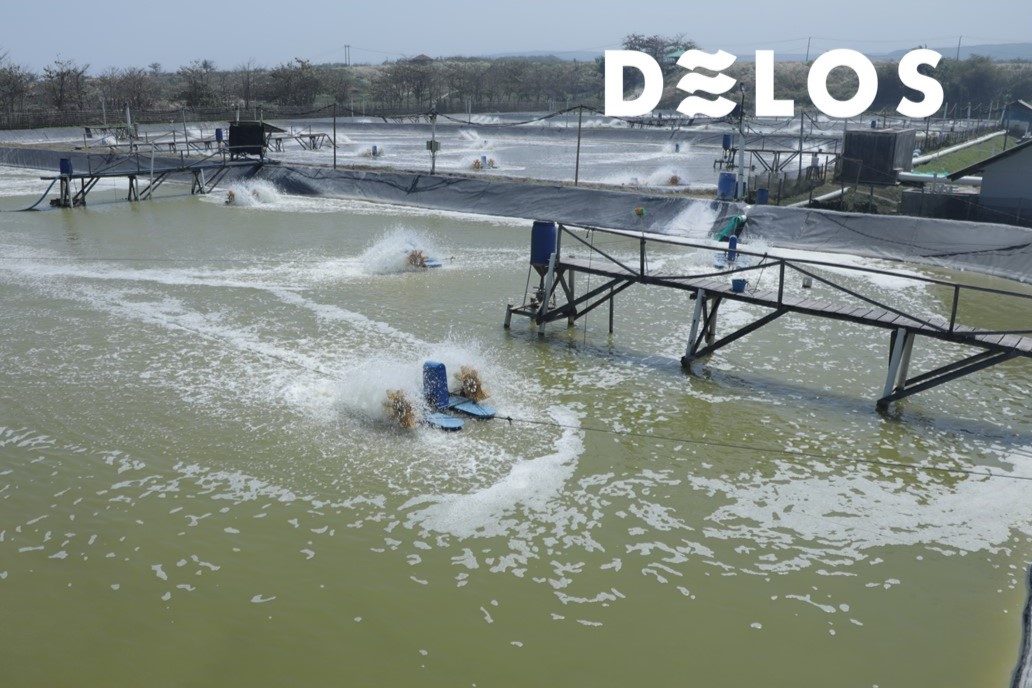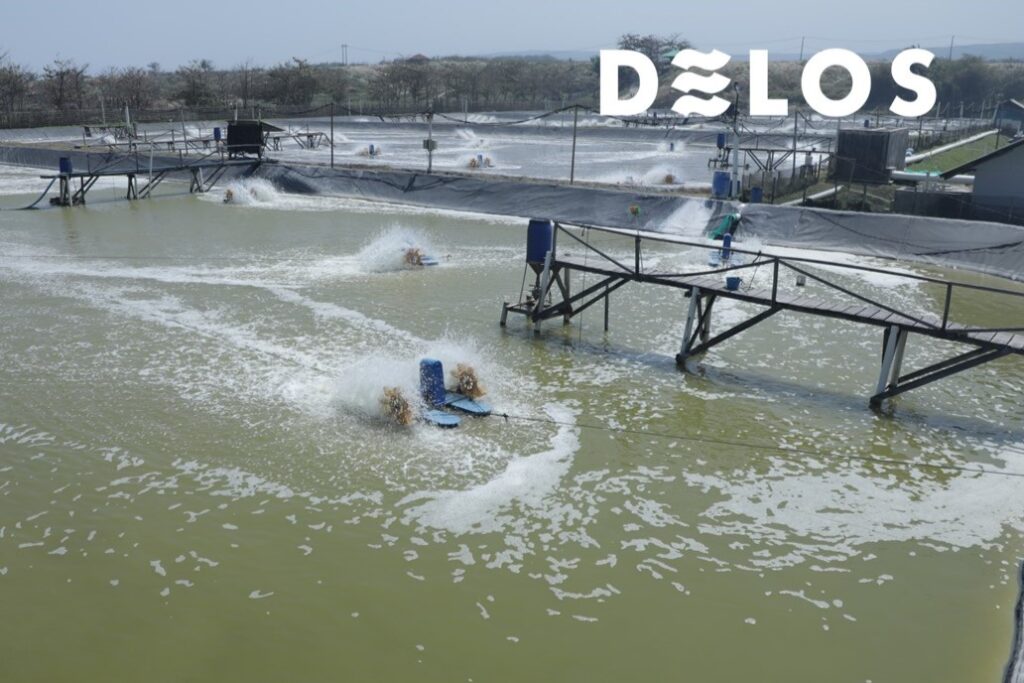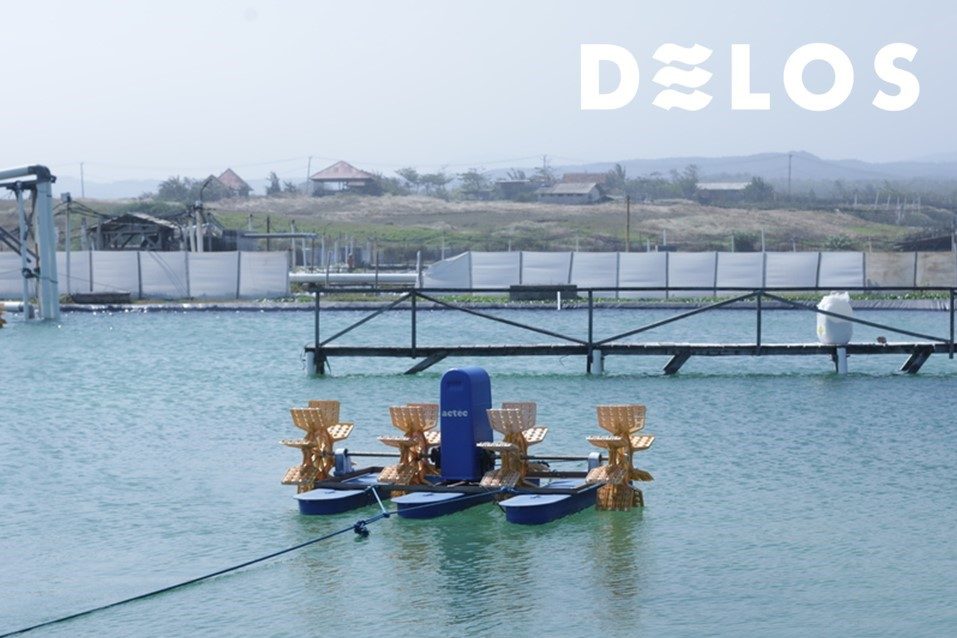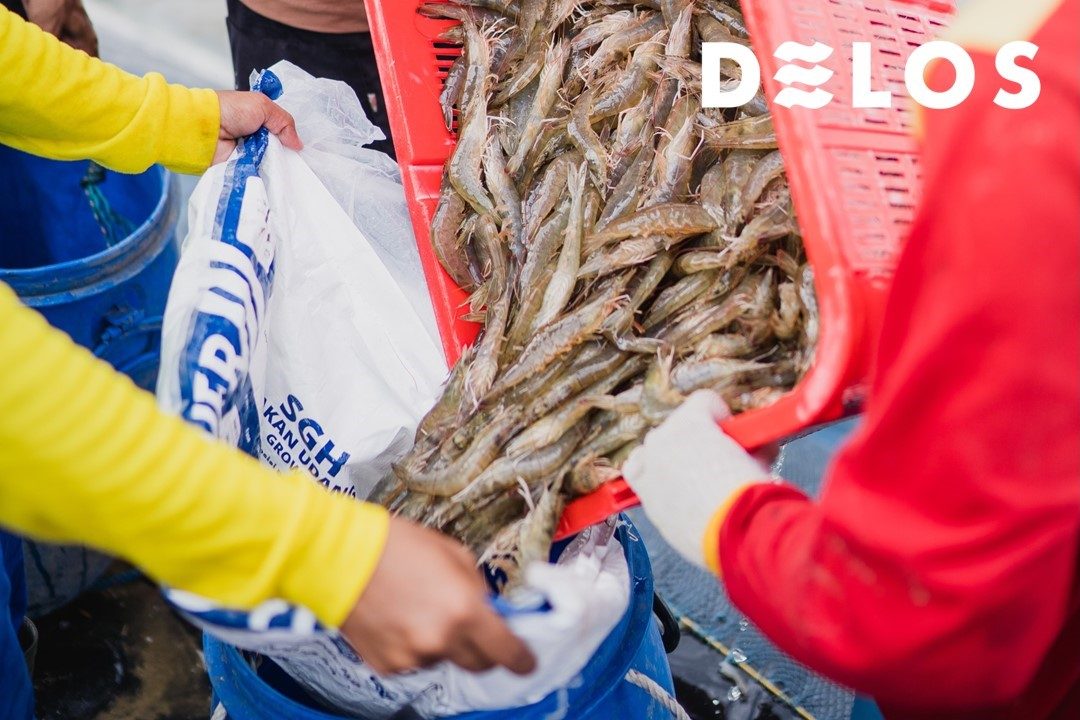Get to Know EHP Shrimp Disease and Its Prevention
EHP shrimp disease has become a frightening spectre haunting shrimp farmers. This disease prevents shrimp from growing to their full size even when it’s time for harvest, affecting the profits of the farmers.
EHP, or Enterocytozoon hepatopenasei, is a disease caused by a microsporidian parasite that slows down shrimp growth, resulting in uneven shrimp sizes within the same pond.
So, what are the symptoms of EHP disease in shrimp, and how can it be controlled? Find out more in this article!
Also Read: Get to Know Shrimp PCR, an Early Disease Identification Solution
What is EHP Shrimp Disease?
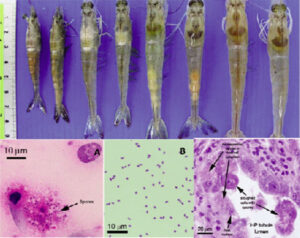
Enterocytozoon hepatopenasei, or EHP disease in shrimp, is a type of disease caused by a microsporidian parasite that hinders the shrimp’s growth rate.
EHP in shrimp was first discovered in 2004, specifically in cultured tiger shrimp in Thailand. In Indonesia, it was first reported to infect shrimp in 2015.
EHP in shrimp does not directly impact shrimp mortality, but it can impede shrimp growth during cultivation, leading to variations in shrimp sizes within the same farming pond.
Symptoms of EHP Disease in Shrimp
Given the potential dangers of EHP disease, it is important to pay attention to the symptoms that arise to take prompt action. Here are the symptoms to watch out for:
- Slow shrimp growth with white feces in infected shrimp (White Feces Syndrome).
- Reduced appetite in shrimp.
- Epithelial cells of the hepatopancreatic tubules in shrimp exhibit the presence of basophilic cytoplasmic inclusions (microsporidian sporocysts).
- Softening of the shrimp’s shell.
- Empty hepatopancreas and midgut in shrimp.
EHP in shrimp can also be transmitted horizontally through cannibalism among shrimp and through EHP spores released into the water via infected shrimp feces.
If shrimp in your pond exhibit the above symptoms, it is essential to take mitigation measures and conduct PCR testing to confirm whether your shrimp suffers from EHP or another shrimp disease.
Also Read: How to Prevent Disease Spead in Shrimp Farms?
Preventing EHP Shrimp Disease Infection
To prevent cases of EHP in your shrimp pond, you can follow the following methods:
1. Quarantine and Monitoring
If EHP disease has infected your pond, separate infected shrimp from healthy ones to prevent the disease from spreading further.
Always observe any signs of symptoms, such as changes in body colour, abnormal growth, and reduced appetite.
2. Regular Water Replacement
The number of EHP cases tends to increase as the shrimp’s cultivation period progresses. The farming system can influence the presence of EHP. Ponds with frequent water replacement and the removal of pond bottom waste experience lower EHP incidence.
Water quality conditions are also related to the appearance of pathogen infections that can lead to shrimp mortality. Shrimp metabolism, immunity, and physiology are influenced by their environment.
3. Quality Feeding
Ensure that the feed provided is of high quality and free from microsporidian contamination. Avoid feeding damaged or unverified feed.
4. Environmental Management
Ensure that the shrimp farming environment remains in good condition. This includes maintaining optimal water quality parameters such as temperature, salinity, and dissolved oxygen.
5. Consult with Relevant Experts
If your shrimp exhibit specific disease symptoms, consult with a shrimp disease expert before it’s too late. You can also perform routine PCR testing on your shrimp, especially on days of culture (DOC) 20, DOC 40, and DOC 60 when pond dynamics start to occur.
Also Read: Recognize the Symptoms of IHHNV Disease in Vannamei Shrimp and How to Prevent It
Test Your Shrimp’s Health with AquaCheck!
Regular PCR testing is a must for those who want to achieve maximum harvest results. With routine PCR testing, you can prevent shrimp diseases from spreading widely and causing more significant losses.
For those looking for shrimp PCR facilities, you can find them at AquaCheck! AquaCheck is a PCR testing service from DELOS designed to help you detect up to five pathogens simultaneously at an affordable price.
Moreover, AquaCheck can detect universal samples, including post-larvae, shrimp, pond sediment, water, and other suspected carriers of pathogens in the pond.
Contact DELOS at contact@delosaqua.com or submit your questions through the contact form on our website at www.delosaqua.com. Check the health of your shrimp with AquaCheck!






